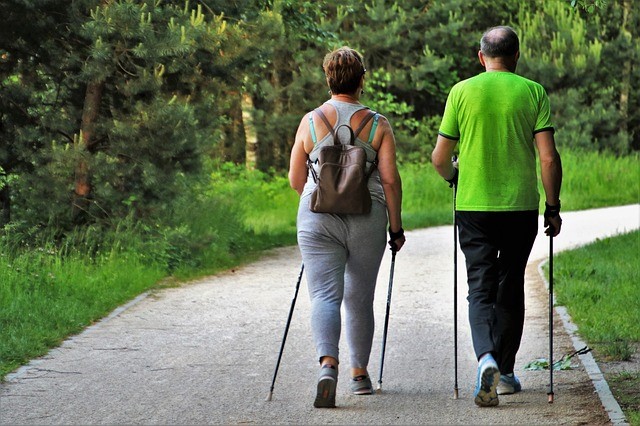
Questions Seniors Should Ask Themselves if Aging in Place
As we age, it's normal to feel differences in abilities we've always taken for granted. We might ache a little more in the morning. We might have more trouble reading up close. Maybe we don't hear so great, or maybe we even feel more unsteady. While these are all typical changes everyone feels with age, finding a way to handle those changes and maintain independence is critical for older seniors, especially if aging in place is a priority.
For those who are steadfast in their plan to age in place, safety needs to be top of mind. And the sooner you can address what you need to stay at home, the easier it will be to avoid risks down the road. Here are four questions worth asking yourself as you plan for your future.
Do You Need to Modify Your House?
The number of modifications that your home may need in order to be truly senior accessible will vary based on what your house currently looks like. Minor changes like installing night lights and timed lights can provide you with adequate lighting at all times and prevent falls. When it comes to major changes, Pathway Design+Construction notes that updating functionality enables people to stay at home for longer. Major changes can include installing a shower chair in the bathroom and installing pull-out shelving in kitchen cabinets. You may also need grab-bars in the bathroom and handholds in the bedroom to help you get out of bed. Stairways should have sturdy handrails, and the steps would need to be modified so they are not slippery.
Are You Physically Active?
Maintaining independence requires regular activity, and the benefits can play out in multiple ways. Staying physically active helps improve your energy levels and reduces the risk of developing health problems. You will also experience an improvement in your mobility and balance, which are integral to fall prevention. To keep you moving, it’s important to choose a balanced exercise program that suits your needs. Whatever you choose to do must be effective without making you overextend yourself. One option is to look into the SilverSneakers Medicare program, which is specifically geared toward seniors to boost their physical and social health. Another option is turning to indoor exercises that help you boost strength and balance. These options include stretching, step exercises and strength exercises.
Have You Spoken to Your Doctor?
According to AARP, one in four adults over aged 65 and up reports falling each year, and injuries from a fall account for a large percentage of deaths among older adults. If you’ve fallen, it’s important to consult your doctor for a review of your health and medications. This review should include blood pressure checks while sitting and standing, as well as gait and balance assessment. The doctor should perform blood work and other tests to identify any underlying conditions related to kidney function, anemia, heart disease, and infections. It’s recommended that you have your Vitamin D level, vision and feet checked as well. Your medications can also be the source of your falls, as drugs used to treat blood pressure, anxiety and diabetes can increase your likelihood of falling.
Do You Need Assistance?
If you have difficulty getting around or experience an impairment with your mobility in general, it might be time to look into walking aid options. It’s recommended that you have your needs and home environment assessed by a professional before purchasing a walking aid in order to ensure you use it correctly. You should also make sure your doctor has ruled out the presence of an underlying illness as the cause of your difficulty. Elderly Fall Prevention details some of the walking aids that you can choose from. These include walking sticks, walkers, rollators and crutches. Additionally, while medical alert systems will not prevent a fall, they can get you medical attention quickly if they have fall detection. This can be especially helpful if you’re living on your own.
Many seniors are choosing to age in place as they will be happier and more comfortable in a familiar setting. If you’re one of these seniors, make sure to prioritize safety by making the necessary home and lifestyle modifications. Most importantly, discuss with your doctor health-conscious ways that will help you reduce the risk of falls.
Photo Courtesy of Pixabay
About the Author
Kent Elliot is a retired architect with a passion for dogs, DIY, and universal design. After a stroke left him with mobility issues, he thought he would need to move out of his home and into an assisted living community. But, using his experience as an architect and with a little creativity, he was able to successfully remodel his family home instead. The relief he felt has inspired him to help others do the same. He created At Home Aging to share what he’s learned and is currently working on a book, Aging in Place One Project at a Time: DIY Home Modifications That Don’t Require a Professional.
